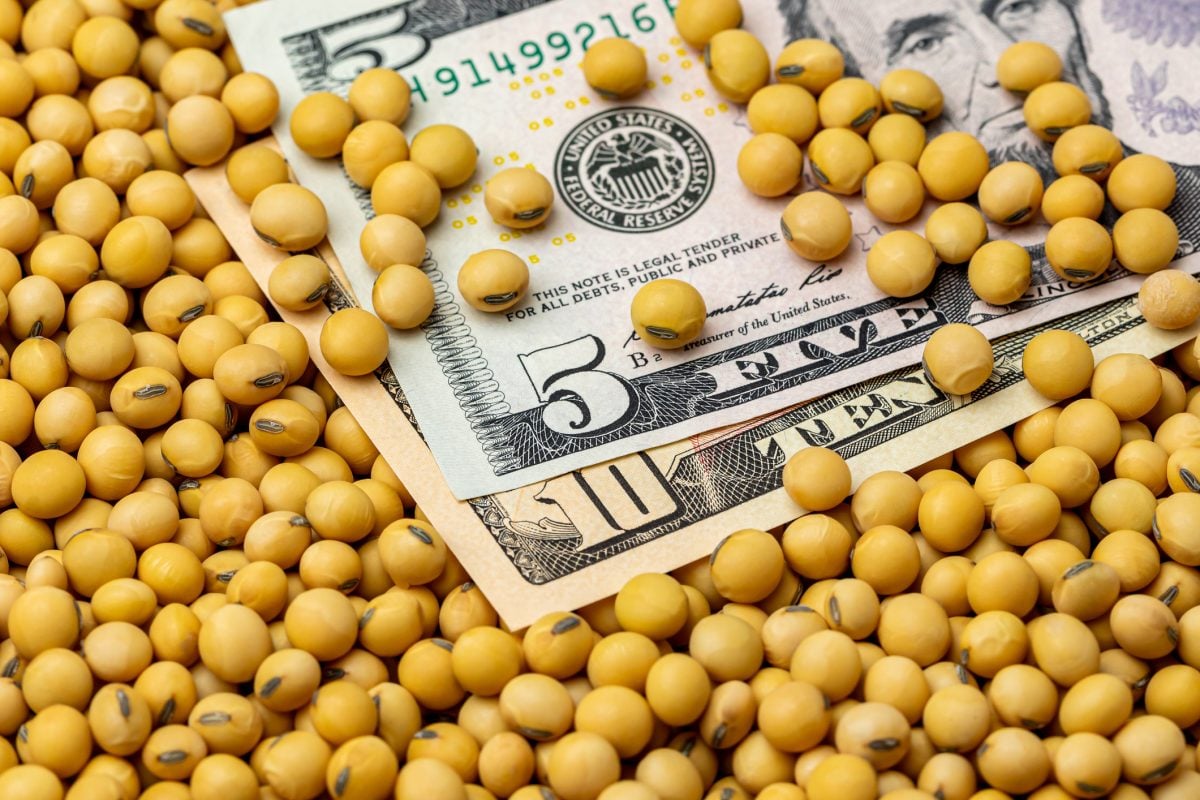Chicago | Reuters — Chicago Mercantile Exchange livestock futures slumped on Monday as traders reduced risk in the face of rising coronavirus cases, brokers said.
Selling hit a range of markets including crude oil, which lost more than three per cent, and U.S. stocks.
“The risk-off trade is back today,” said Dan Norcini, an independent livestock trader.
Most-active February hog futures settled down 1.325 cents at 79.475 cents/lb., while April hogs ended down 1.275 cents at 83.5 cents (all figures US$).
Traders are waiting for the U.S. Department of Agriculture to issue a quarterly Hogs and Pigs report and monthly Cattle on Feed report on Dec. 23.
Read Also

U.S. grains: Soybean futures hover near 15-month high after China buys U.S. cargoes
Chicago Board of Trade soybean futures hovered near a 15-month high on Wednesday after trade sources said China made its first purchases from the autumn U.S. harvest ahead of a summit between leaders Donald Trump and Xi Jinping.
USDA quoted the U.S. pork cutout at $86.49 per hundredweight (cwt), up 67 cents from Friday.
In the beef markets, CME February live cattle futures settled down 0.45 cent at 135.975 cents/lb. CME March feeder cattle fell 1.2 cents to 160.5 cents.
Wholesale boxed beef prices were mixed, with choice cuts down 63 cents at $262.38/cwt and select cuts up $2.39 at $250.67, according to USDA.
Analysts said there were some concerns that U.S. cattle would be affected by a freakish storm that brought “Dust Bowl” conditions and gusts of more than 160 km/h to parts of the Plains last week, reminiscent of the U.S. drought years of the 1930s.
In Canada, authorities reported a case of atypical bovine spongiform encephalopathy (BSE) in an 8-1/2-year-old beef cow in Alberta, the World Organization for Animal Health (OIE) said Monday.
The carcass did not enter the human food or animal feed chains, the Paris-based OIE said, citing a report Friday from Canadian authorities.
— Reporting for Reuters by Tom Polansek in Chicago; additional reporting by Julie Ingwersen.











